Mr. Bowling Ball Arborvitae: Tips For Growing A Mr. Bowling Ball Plant
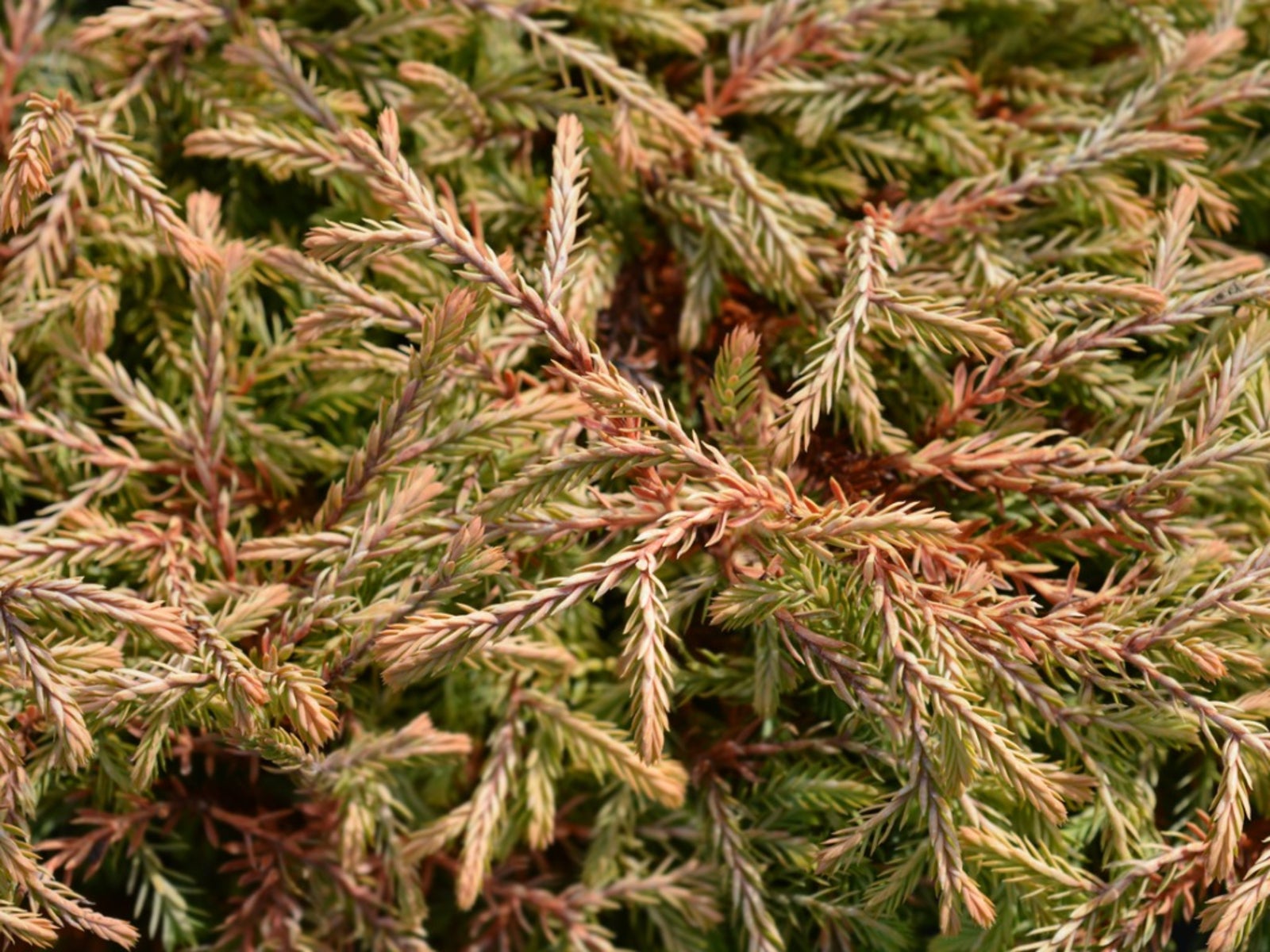

Plant names often give a glimpse into the form, color, size, and other characteristics. Mr. Bowling Ball Thuja is no exception. The resemblance to its namesake as a domed plant that snugs into awkward spaces in the garden makes this arborvitae an attractive addition. Try growing a Mr. Bowling Ball in your landscape and capture the ease of care for which arborvitae are known combined with this hybrid's chubby form.
About Mr. Bowling Ball Thuja
Arborvitae are common ornamental shrubs. The specimen Mr. Bowling Ball arborvitae has curved appeal that needs no pruning to keep it in true form. This charming shrub is a rounded ball-like plant with a perky appearance and compact shape. While not readily available at many nursery centers, the plant is easy to order from online catalogs. What's in a name? This arborvitae is also known as Bobozam arborvitae. Thuja occidentalis 'Bobozam' is a cultivar of American arborvitae, a native shrub to North America. It has a naturally dense form that is a dwarf of the native shrub. The plant matures up to 3 feet (1 m.) with a similar width. (Note: You may also find this plant under the synonym Thuja occidentalis 'Linesville.') The bright green, evergreen foliage swirls around the balled form and is softly lacy. The almost unnoticed bark is gray with rusty red furrows. Bobozam arborvitae grows so close to the ground that the foliage mostly covers this classic bark of the false cedar family. Tiny cones appear in late summer but are of little ornamental interest.
Growing a Mr. Bowling Ball Shrub
The Mr. Bowling Ball shrub is very tolerant of a range of conditions. It prefers full sun but can also grow in partial shade. This plant is suitable in USDA zones 3 to 7. It thrives in a variety of soil types, including hard clay. Best appearance will be achieved in sites that are moderately moist with a pH anywhere from alkaline to neutral. Once established, Mr. Bowling Ball arborvitae can tolerate brief periods of drought, but sustained dryness will eventually impact growth. This is a cool to temperate region plant that loves rain and has year-round appeal. Even tough winters don't diminish the spectacular foliage. If you want a low maintenance plant, Mr. Bowling Ball shrub is the plant for you. Keep new plants well-watered until the root mass spreads and adapts. During summer, water deeply and again when the top of the soil is dry. Mulch around the base of the plant to help conserve moisture and prevent competitive weeds. This arborvitae is pest and disease resistant. Fungal leaf blight may occur, causing spotted foliage. The only occasional pests might be leaf miners, spider mites, scale, and bagworms. Use horticultural oils and manual methods to combat. Feed this marvelous plant once per year in early spring to enhance the foliage and keep Mr. Bowling Ball happy.
Gardening tips, videos, info and more delivered right to your inbox!
Sign up for the Gardening Know How newsletter today and receive a free copy of our e-book "How to Grow Delicious Tomatoes".

Bonnie Grant is a professional landscaper with a Certification in Urban Gardening. She has been gardening and writing for 15 years. A former professional chef, she has a passion for edible landscaping.
-
 Looking For Plants To Give You The Soft And Fuzzies? Try These 5 Fuzzy Leaf Plant Options
Looking For Plants To Give You The Soft And Fuzzies? Try These 5 Fuzzy Leaf Plant OptionsLovers of texture, drama, silver foliage and tactile plants will adore these special sensory garden additions. These fuzzy leaf plant options will leave you all aglow
By Susan Albert
-
 Get Ready For A Summer Of Hummers! Grow These Full Sun Hummingbird Plants and Flowers
Get Ready For A Summer Of Hummers! Grow These Full Sun Hummingbird Plants and FlowersIf you’re lucky enough to enjoy a sunny backyard, make sure you are maxing out on your pollinator opportunities and grow these full sun hummingbird plants and flowers
By Tonya Barnett
-
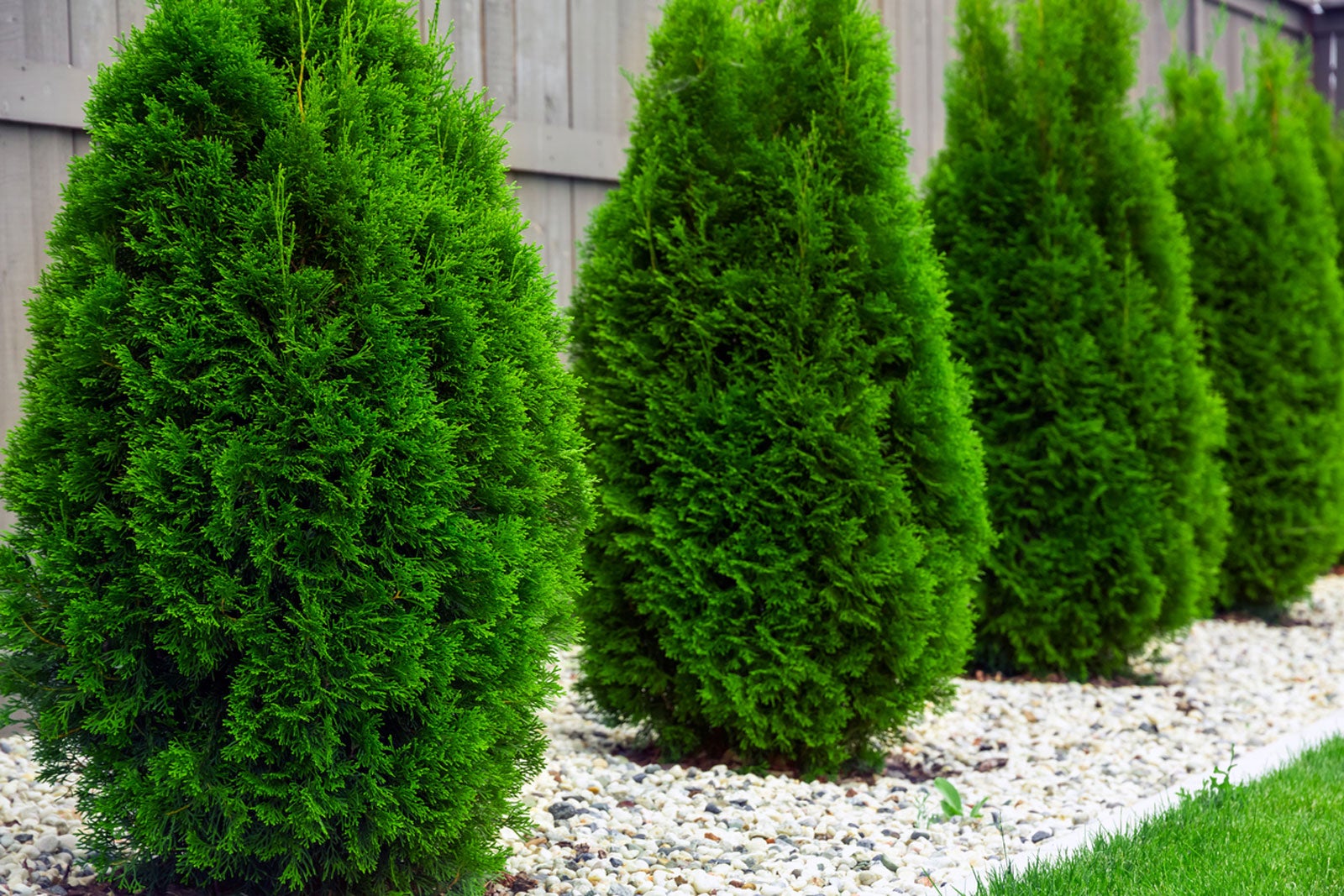 Arborvitae Plant Varieties: Getting To Know Different Types Of Arborvitae
Arborvitae Plant Varieties: Getting To Know Different Types Of ArborvitaeArborvitae are perfect for many landscapes used as single focal points or as part of a windbreak or privacy fence. If you need a different size or are interested in various cultivars, check out the following varieties of arborvitae in this article.
By Becca Badgett
-
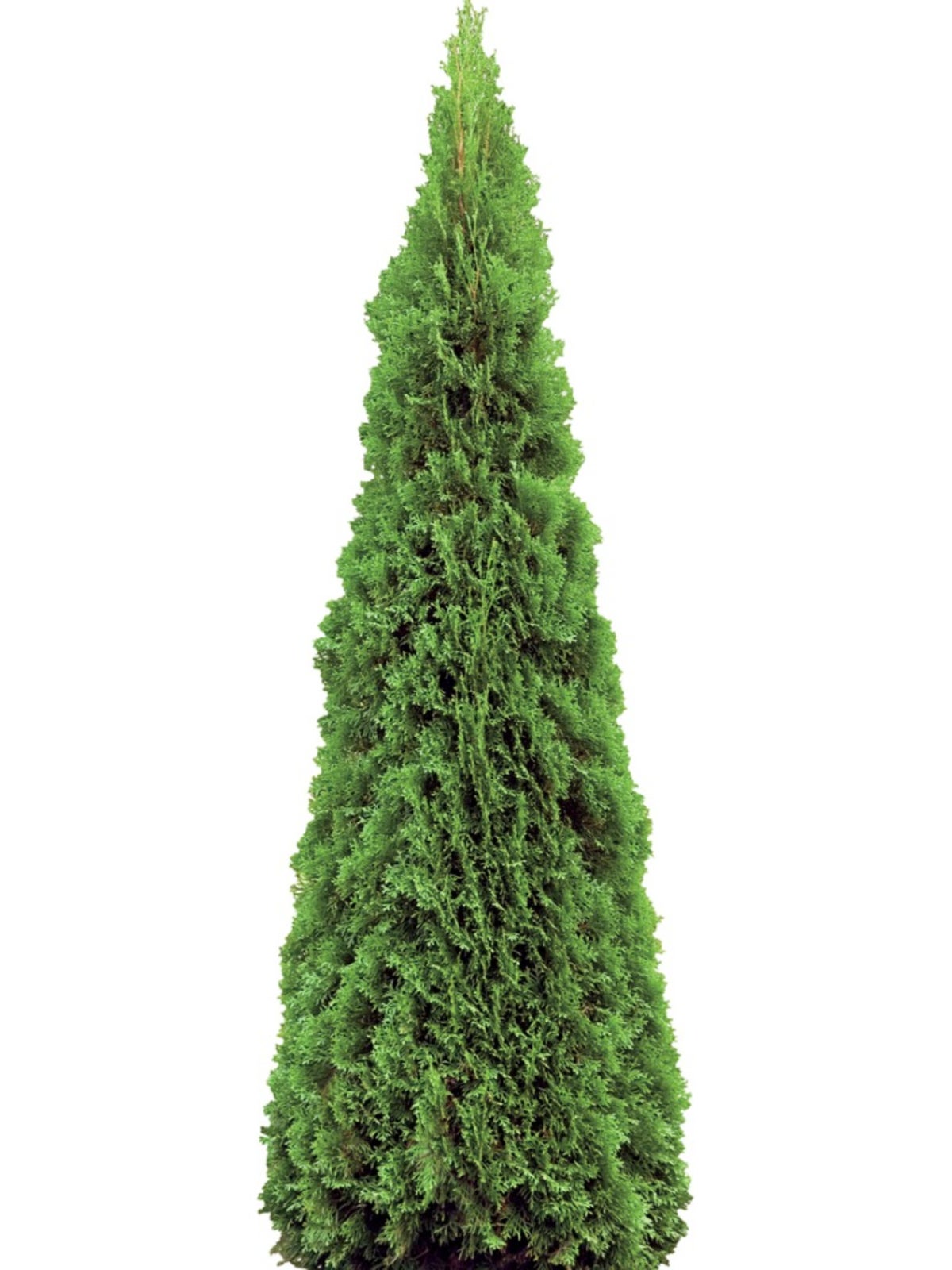 Emerald Green Arborvitae Info: Tips On Growing Emerald Green Arborvitae
Emerald Green Arborvitae Info: Tips On Growing Emerald Green ArborvitaeThe key to successfully using arborvitae in the landscape is selecting the proper varieties. This article is about the popular variety of arborvitae commonly known as "Emerald Green" or "Smaragd." Click here for Emerald Green arborvitae information.
By Darcy Larum
-
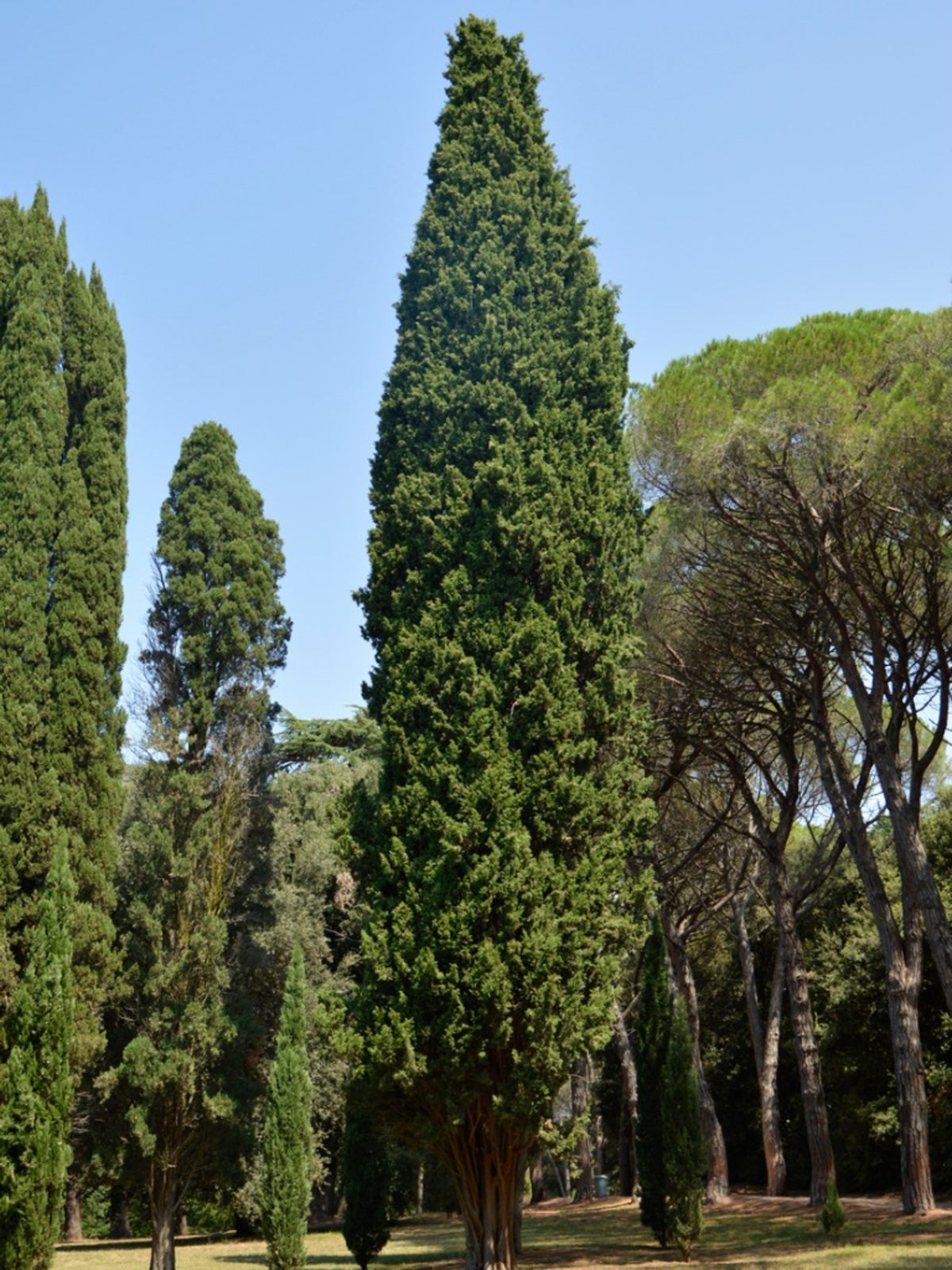 Caring For Thuja Evergreens: How To Grow A Green Giant Arborvitae
Caring For Thuja Evergreens: How To Grow A Green Giant ArborvitaeFew garden plants grow faster or taller than the Thuja Green Giant. This enormous and vigorous evergreen can quickly tower above you and, in a few years, grow taller than your house. For more information about Thuja Green Giant plants, click here.
By Teo Spengler
-
 Arborvitae Winter Care: What To Do About Winter Damage To Arborvitae
Arborvitae Winter Care: What To Do About Winter Damage To ArborvitaeIf you have arborvitae in your yard and you live in a cold climate, you have probably seen that they occasionally suffer winter damage. For more information about winter injury on arborvitae bushes, this article will help.
By Teo Spengler
-
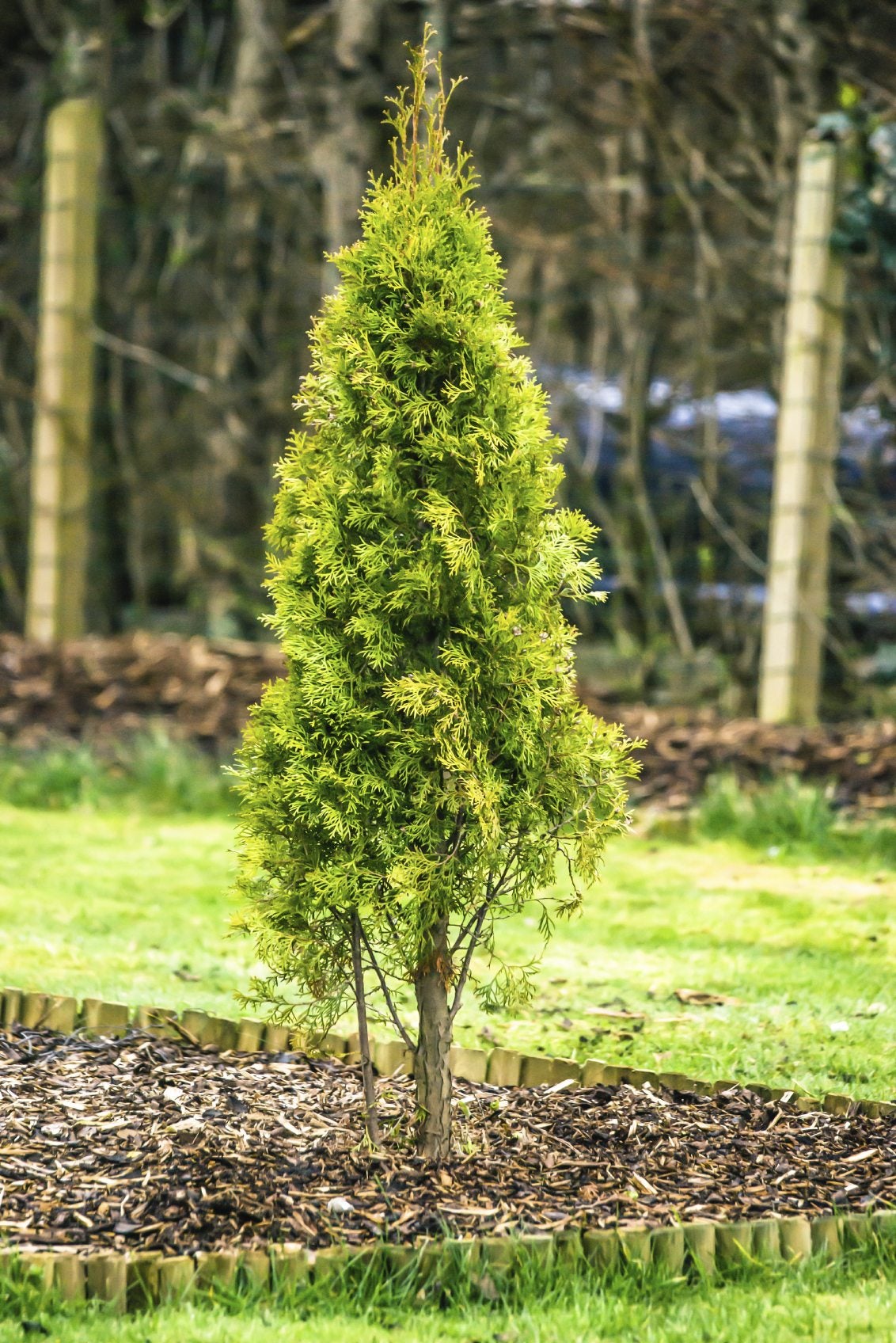 Fertilizing Arborvitae – When And How To Fertilize An Arborvitae
Fertilizing Arborvitae – When And How To Fertilize An ArborvitaeBeloved for their fast growth, arborvitae often require fertilizer to thrive. It isn?t difficult to begin fertilizing arborvitae. Click on this article to learn how to fertilize an arborvitae and the type of fertilizer for arborvitae.
By Teo Spengler
-
 Arborvitae: Ultimate Care And Growing Guide
Arborvitae: Ultimate Care And Growing GuideArborvitae is a versatile evergreen in the landscape. Arborvitae trees are hardy and can grow tall for screening, or kept trimmed as a hedge.
By Bonnie L. Grant